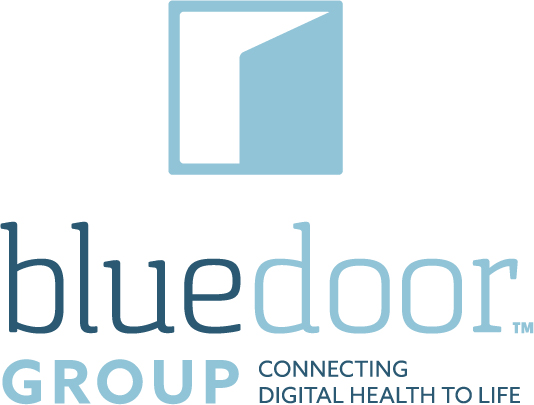Bluedoor Group Insight | July 25, 2019
A recent article by McKinsey & Company discussed the growing trend of established companies creating small subsidiaries to serve as innovation centers (also called “factories”) that take advantage of the best of both worlds—the agility of a start-up with the resources of the parent company. Although this approach has its merits and advantages on the surface, it suffers from several fundamental flaws that may hamper the innovation center’s ability to irrigate the desert of stale bureaucracy.
The need for transparency and objectivity is paramount for transformation. In a quest to redesign the customer or client experience, a given factory would likely choose to interview current or potential customers to map their journey, opinions, and process of interacting with the company. However, without objective third party involvement, this process is a quagmire that is subject to bias (both on the side of the interviewer and the interviewee) and tunnel vision. Even if in-house factories are careful about their methodology and maximize objectivity, their project’s scope has an important limitation—they are only redesigning a solution for one company.
This is another area where independent innovation centers have a leg up from factories—they have experience seeing the problem areas of many companies. This allows them a macro view — a forest rather than a single tree—that can see past the silos of institutions. They also do not possess the biases and tunnel vision of the larger organization they serve. Bureaucracies work hard to staff and resource the finest thought leaders into their in-house factories, but it is impossible to assemble the best talent and thought leadership under the roof of one bureaucracy.
Our suggestion is this: instead, bureaucracies need truly independent adhocracies to design and execute new offerings, provide thought leadership at a macro level, and gather objective feedback about the organization they are advising. Adhocracies like Bluedoor value action over authority, organize activities around problems and opportunities, and iterate through trial and error. These types of organizations embody the agile transformation and fast pace that bureaucracies so desperately seek in this changing world.
Another important thought for established companies that find themselves eager to partner with other organizations, but have no venue to interact with them—this is where unbiased intermediaries have importance. These intermediaries, such as the Digital Health Institute for Transformation (DHIT), sit at the ecosystem level, engaging all stakeholders and building bridges for collaboration. Juggernauts that remain in silos will become obsolete in the future economy without a willingness to partner and collaborate with all kinds of organizations, large and small.
To read the McKinsey article, click here.










